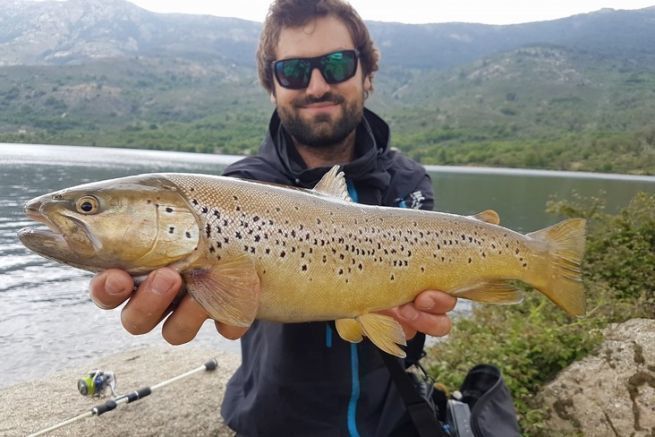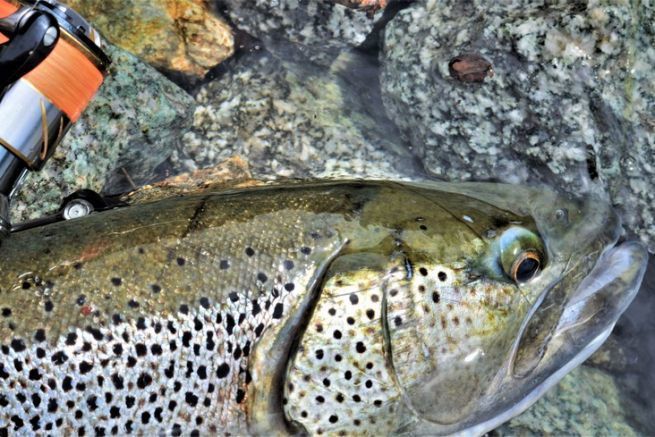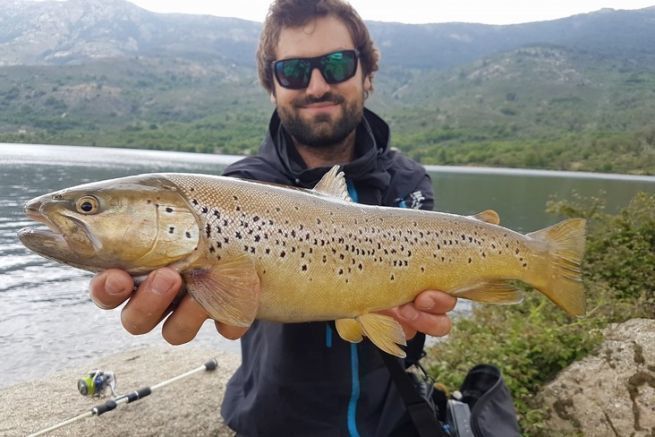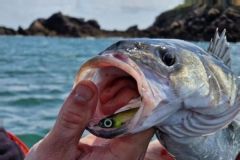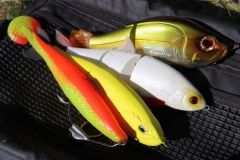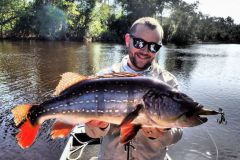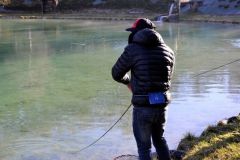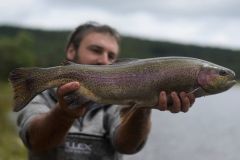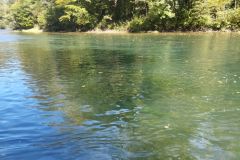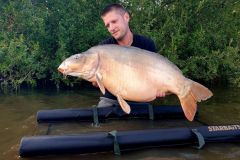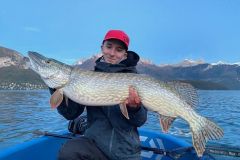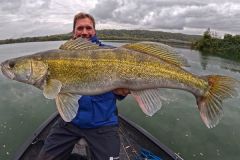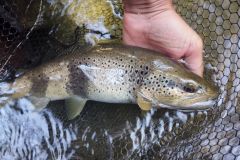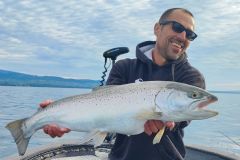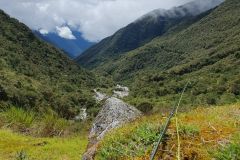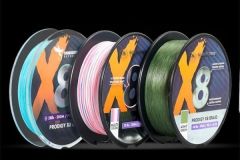Braid offers possibilities that nylon does not and vice versa. It is known for its sensitivity and finesse. Let's see how it is complementary to nylon for trout fishing with lures.
The properties of the braid
The braid is a line called multi-strand. Unlike monofilament, it consists of several fine strands braided together to form a thread. Most of the lines offered are 4 or 8 strands, and more recently 12 strands. The number of strands gives the number of fibers that make up the yarn core. The more strands, the softer and rounder the line.
However, it is not always true that the more strands a line has, the more resistant it is, especially to abrasion. For my part, I use 8 strands for PE0.6, PE 0.8 and PE1 and 4 strands below (PE0.4, PE0.3, PE0.2...). Anyway, in the thinnest diameters of braid, the offer in 8 strands is anecdotal (below PE0.4).
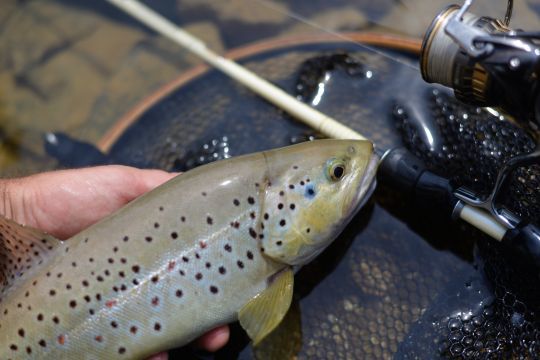
The two undisputed advantages of braid are that it is stronger than any monofilament of equal diameter and that it has very little elasticity.
The first one will allow you to fish finer, which offers the possibility to cast farther with less effort, more precisely and to fish deeper, the line splitting the water better and having less lift in the water.
The second one offers a lot of sensitivity. It is very practical when you need to make contact with the bottom, in case of wind. But also for fishing where you need to feel the lure working and to feel the slightest touch or disturbance in the line. This also goes hand in hand with the argument mentioned above, namely that if you fish far or deep, the hooking will be more effective with a line with little elasticity like braid than with nylon which will absorb part of the force deployed to hook.
But elasticity is also a big disadvantage when fishing for trout. The trout, in the currents, is a very fast fish whose fight can be subjected to a panel of infinite variants: jumping, head-butting, sounding, devaluation... are so many movements with varied frequency that it is difficult to counter with a not very elastic line. I do not recommend the use of braid on upstream fishing, because it offers too little room for maneuver.
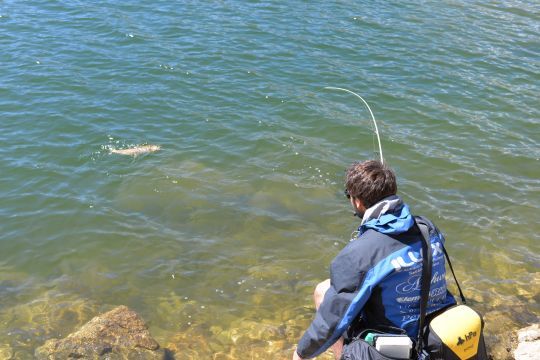
This is even more true when fishing without barbs or in competition! There are many competitors that I have met to have won a date because they were fishing in braid!
For what purpose?
I reserve the braid when it is necessary to cast and fish far and hollow in lake or in big river. Its resistance also makes it suitable for fishing large fish that weigh in the line due to their inertia and that will be less easily unhooked.
I also use it on tactile fishing with a ripple or soft lure. When I need to be focused on the work of my lure, on feeling the slightest touch to be responsive to the strike.
The braid is not very elastic, so it does not absorb vibrations. I do not recommend it for spinning or cranckbait fishing.
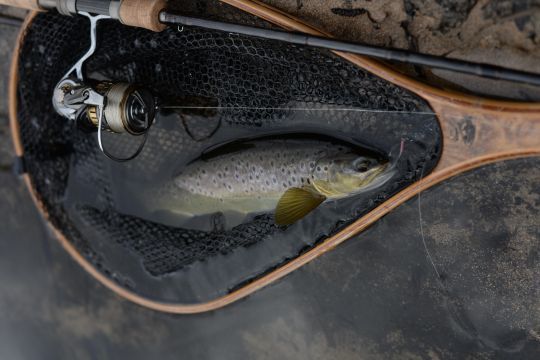
The diameters that I use are PE0.2 in area or mountain lake, PE0.6 in dam lake and river and PE0.8 or 1 for specific fishing with casting jig or swimming fish.
For trout, I compensate in all cases the stiffness of the braid with a well adjusted and rather soft reel brake, and a rod that will bend quickly with ideally a full tip.

 /
/ 